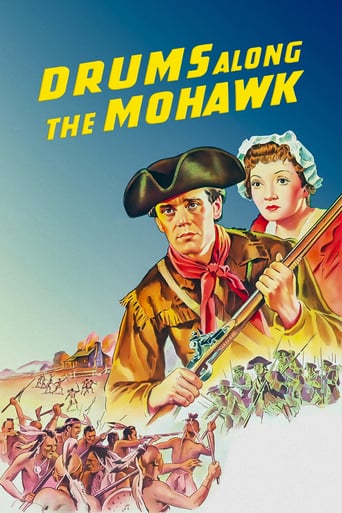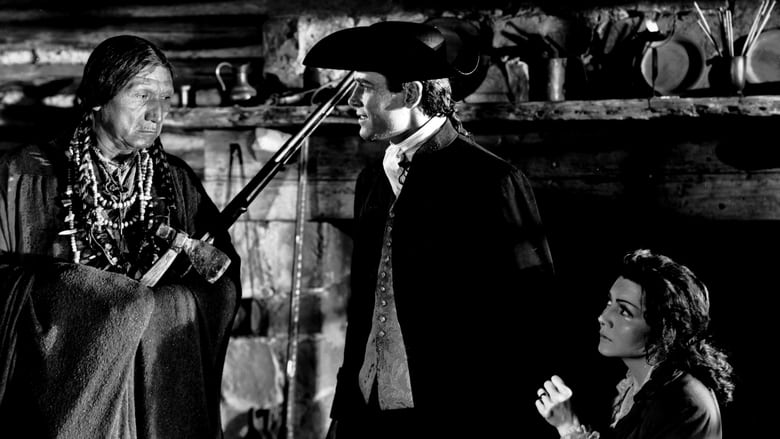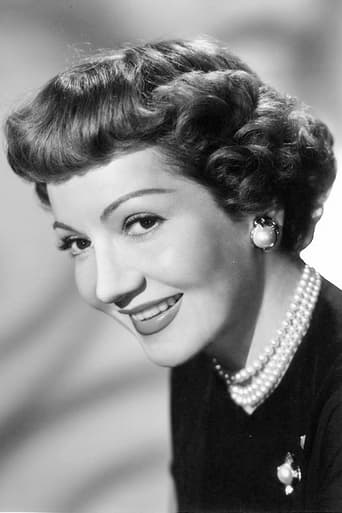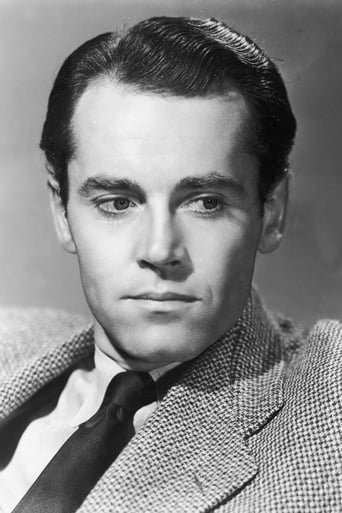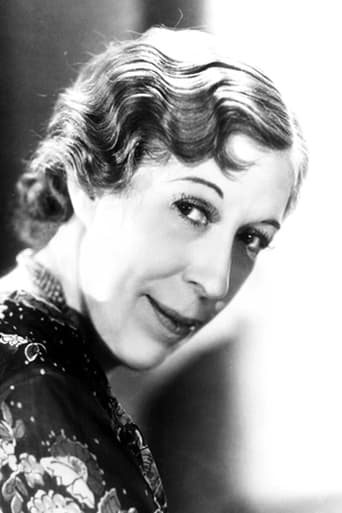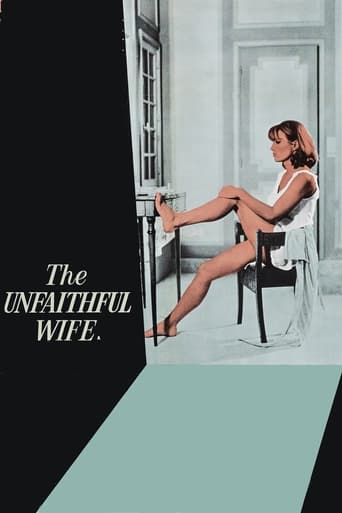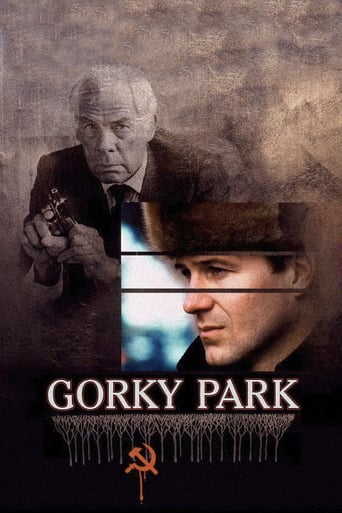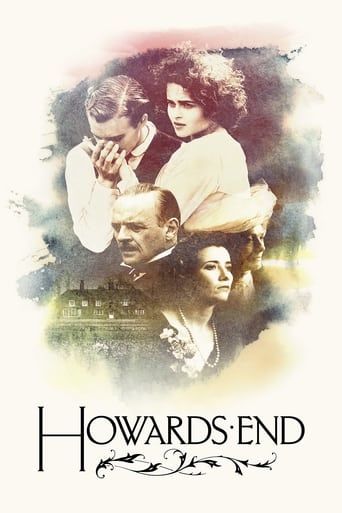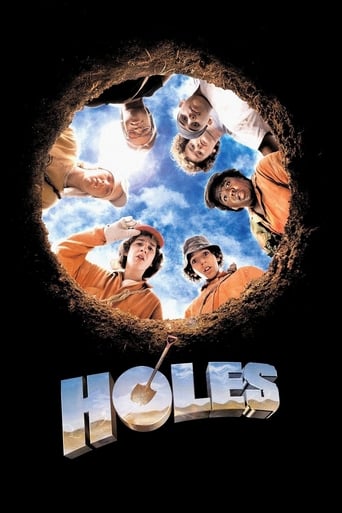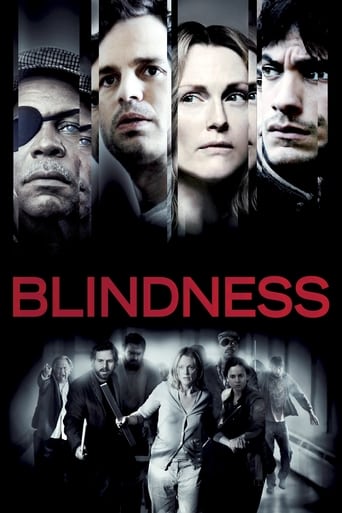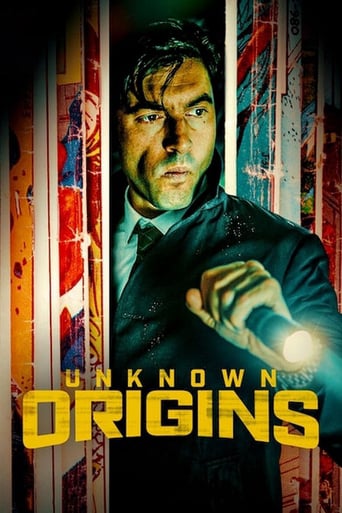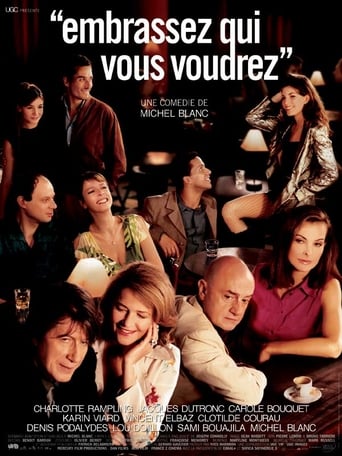Drums Along the Mohawk (1939)
Albany, New York, 1776. After marrying, Gil and Lana travel north to settle on a small farm in the Mohawk River Valley, but soon their growing prosperity and happiness are threatened by the sinister sound of drums that announce dark times of revolution and war.
Watch Trailer
Free Trial Channels
Cast


Similar titles
Reviews
Such a frustrating disappointment
Masterful Movie
Easily the biggest piece of Right wing non sense propaganda I ever saw.
The thing I enjoyed most about the film is the fact that it doesn't shy away from being a super-sized-cliche;
Ford left out an important topic about the American Revolution in the Mohawk Valley. The topic being that it was a theater of extreme neighbor on neighbor violence. Colonial Patriots, Loyalists and Iroquois all who once lived together in peace were split because of politics. The patriots were so harsh on the Loyalist about their beliefs to a point were many Loyalists left the valley for Canada or England. The Iroquois original wanted no part in the conflict. I do believe that the word vengeance for what the Patriots put the loyalists through can be valid. I think British officials and John Johnson wanted to assign those loyal to the crown who knew and lived in the area to attack the Patriots. Many of the New York Loyalist and Iroquois enlisted were part of the Kings Royal Regiment of New York, and Butlers Rangers. I mostly believe that it was the British objective to lay waste to the valley for two reasons. One, The Mohawk valley was a major food source for the Continental Army up until after the Sullivan Expedition of 1779. Two, St. Ledger wanted to provide a diversion to help Burgoyne at Saratoga. We do not see the worst of it because the film goes from 1777 to early 1779. From 1780 to the end of the war there were a lot more raids with smaller raiding parties containing mostly of Loyalists from the area. By the end of the war the valley was practically deserted with lots of destroyed homesteads and farms. Some settlements and small villages were wiped from the face of the earth like Andrustown. Only less than a 1000 out of about 7000 residents remained. Even though other frontier communities faced the same events like Cobleskill, and Cherry Valley, the devastation according to accounts was not as near as what it was in the Mohawk Valley. Repeated battles and raids made the Mohawk Valley the most bloodiest and dangerous place during the War for Independence. It took the lives of many innocent Patriots, Loyalist, and Iroquois. I do like the film and Ford did a good job showing frontier life and a good portrayal of the 1778 attack.
An early novel called " Drums Along the Mohawk " written by Walter D. Edmonds is the foundation for this motion picture of the same name. It relates the story of Mr. and Mrs. Gilbert Martin (Henry Fonda and Claudette Colbert) a young, married America couple moving from New York city to the early frontier to begin a new life. The time coincides with events from 1776 thru the end of the Revolutionary War. As most Americans have learned from our history, life was incredibly harsh. Indeed, when not working on the toils of the farm, early colonists were often at war with the Native American tribes who had sided with the British army. After their farm is burned and losing their first child, their lives are constantly threatened, they move in with Mrs. McKlennar (Edna May Oliver) a wealthy widow woman to supplement their meager existence. Most of the film is dedicated to the hardship of early frontier life and includes the destruction of their farms and their valiant defense inside the nearby fort. John Carradine, plays the heavy named Caldwell with Arthur Shields playing Rev. Rosenkrantz. For many reasons John Ford creates a formula for the movie establishing himself as a superb director. This early Color picture is fabulous in many ways, not the least is the excellent cast and exciting drama. It's little wonder it has become an excellent Classic. Recommended for all audiences. ****
The biggest star here is the cinematography. The daylight exteriors are as luscious as it gets. Someone really had a feel for time and place in this one. Sets and set dressing are exquisite as well, with a real colonial feel, gritty and rough-hewn. Superb Technicolor. Of the stars, a youthful, gangly Henry Fonda is exuberant and innocent. Claudette Colbert is a little old for this role, but she pulls it off magnificently, giving a little touch of "robbing the cradle". A troupe of great character actors, including Ward Bond and Edna Oliver, round out the subtext. The result is an engaging, rollicking Technicolor romp that delivers the entertainment goods.
I first saw "Drums" dubbed in French at age 7 in front of an old small-screen black and white early TV set in the fifties in my native Quebec. In spite of the bad quality of the print and the primitive technology, it struck me – even then - as elaborately engrossing. But its depictions of Indian attacks warped me for life. For all the political correctness talk of Aboriginal-sensitive commentaries that bemoan the fact that Indians are portrayed like the flying monkeys from "The Wizard of Oz", the fact remains that of the more than 300 native cultures in North America, Mohawks were the most violent and troublesome. They were s.o.b.'s then and they are s.o.b.'s now and forever getting into trouble with the laws of my native Quebec (which offered them asylum after the war and to this day), neighbouring Ontario and New York State. They may have fought against the Revolution but we were stuck with them for 250 years.It was quite a revelation to see the film again in the wondrous 2005 DVD restoration with its sound spatialised for stereo equipment. I saw the colours and the detail and heard the original English dialogue for the first time. The film has acquired a lot of new qualities to my eyes and ears during that viewing - even though the Mohawks were still the blood-thirsty bastards I remembered. I will try to name a few reasons for loving that film.THE RESTORATION AND PHOTOGRAPHY: The restorers worked from a well preserved early interpositive that they cleaned up electronically. Although the results can't compare with the wonders of the expensive ultra-resolution process where all three colour layers of Technicolor are realigned electronically, the image is still for the most part stunning and showing very little misregistration. The day-for-night scenes may be a little wanting in the contrast department, but, all in all, the DVD shows the viewer examples of what made Technicolor such a fascinating novelty. The director of photography takes loving care in giving the viewer his money's worth by showing landscapes, sunrises, sunsets, high noon, cloudy skies, clear skies, forest trails, interiors, thunderstorms, moonlight and candlelight in a way that black and white photography could only suggest. And everything gives the illusion of having been shot on location and mostly outdoors even when logic dictates that this is impossible.THE HISTORICAL INTEREST: There are very few films showing the reality (and the horror) of the Revolutionary War and its impact on frontier people. This film is a magnificent reconstruction. The Black servant Daisy and the good Indian Blue Back may be given short shrift all through the film but they are counted among the characters who proudly salute the new flag of the United States in the final scene when Gil says to his wife that there is still "a heap of work to do" to make this a real country. I also liked Alfred Newman using "Country Gardens" as a musical theme representing the gentility of the lifestyle – and the home country - the pioneers left behind.THE MUSIC: Alfred Newman is a rustic melodist but a very sophisticated musicologist and orchestrator. His music, while never calling attention to itself, does a wonderful job of underlining the numerous suspense scenes with intelligent commentary that has nothing to do with today's "fear music", which is all about percussion, electronic effects and high noise level. His work gives the film its soul through its drama, comedy, suspense and pathos.THE ACTORS: Henry Fonda – perfectly cast (his family actually founded the village of Fonda on the Mohawk River) - gives one of the best speeches of his career. Claudette Colbert, whom it can be suspected was offered the part for her box-office appeal and as a consolation prize for not doing "Gone With The Wind", renounces all mannerisms and compensates for bad casting by acting in a purely visceral and physical way. She succeeds in portraying a subservient and modest wife – which is quite a stretch for her. Edna May Oliver is also given a meaty part of a woman of courage and expression, which she manages to underplay and make real. All the other John Ford regulars (with special kudos to Ward Bond)are equally memorable in making the sometimes quirky and era-specific characters come to life.For all those reasons, this is a film worth preserving and seeing over and over again when one wants to get in touch with the real spirit of the American Revolution, the sacrifices it cost and what it was supposed to accomplish.

